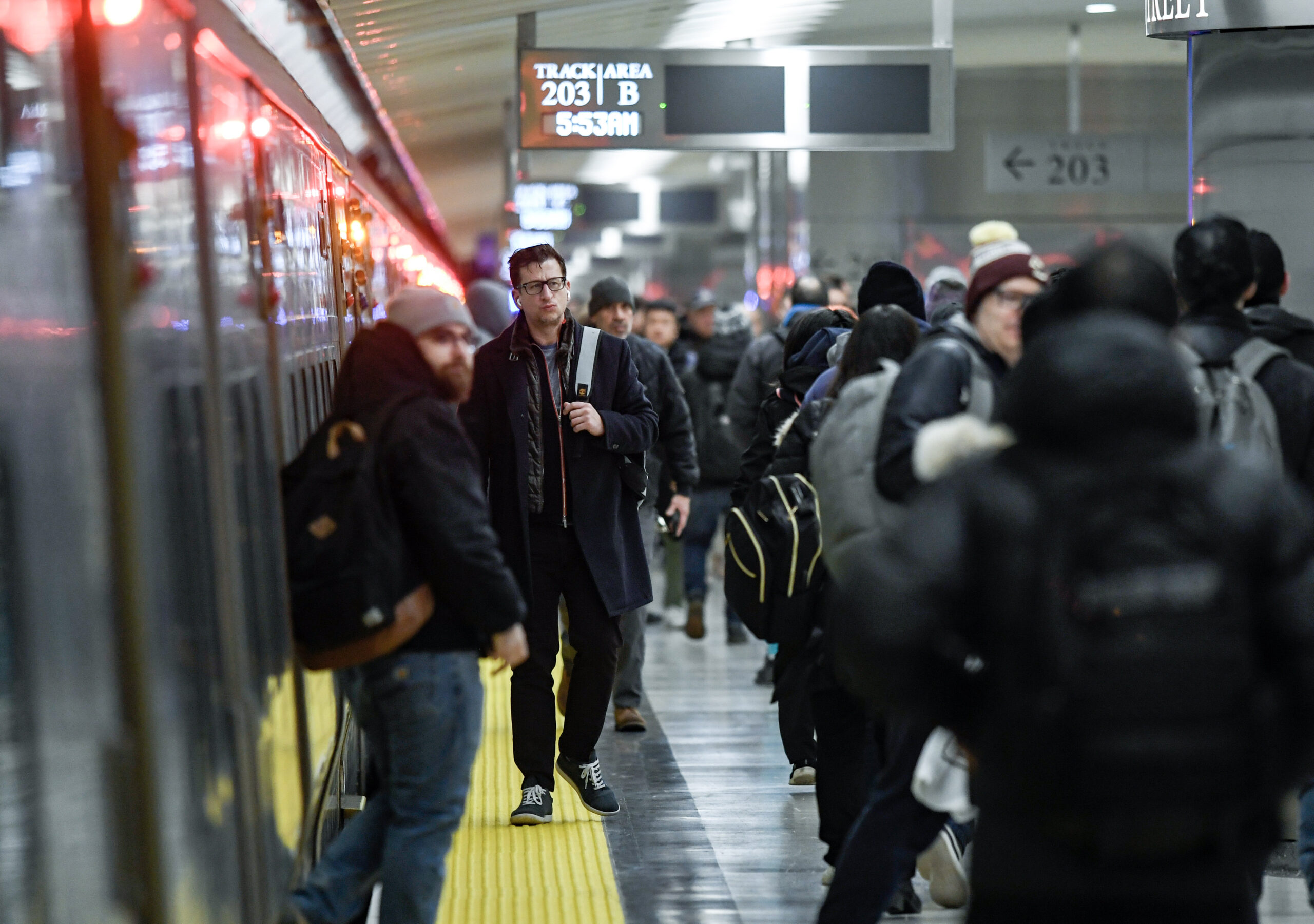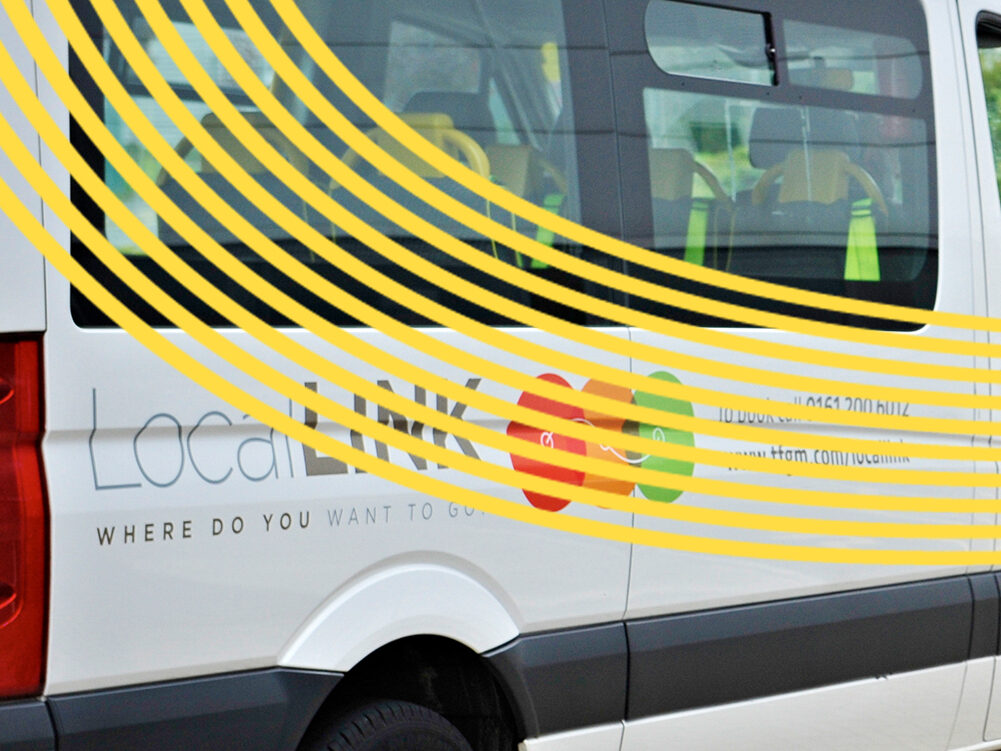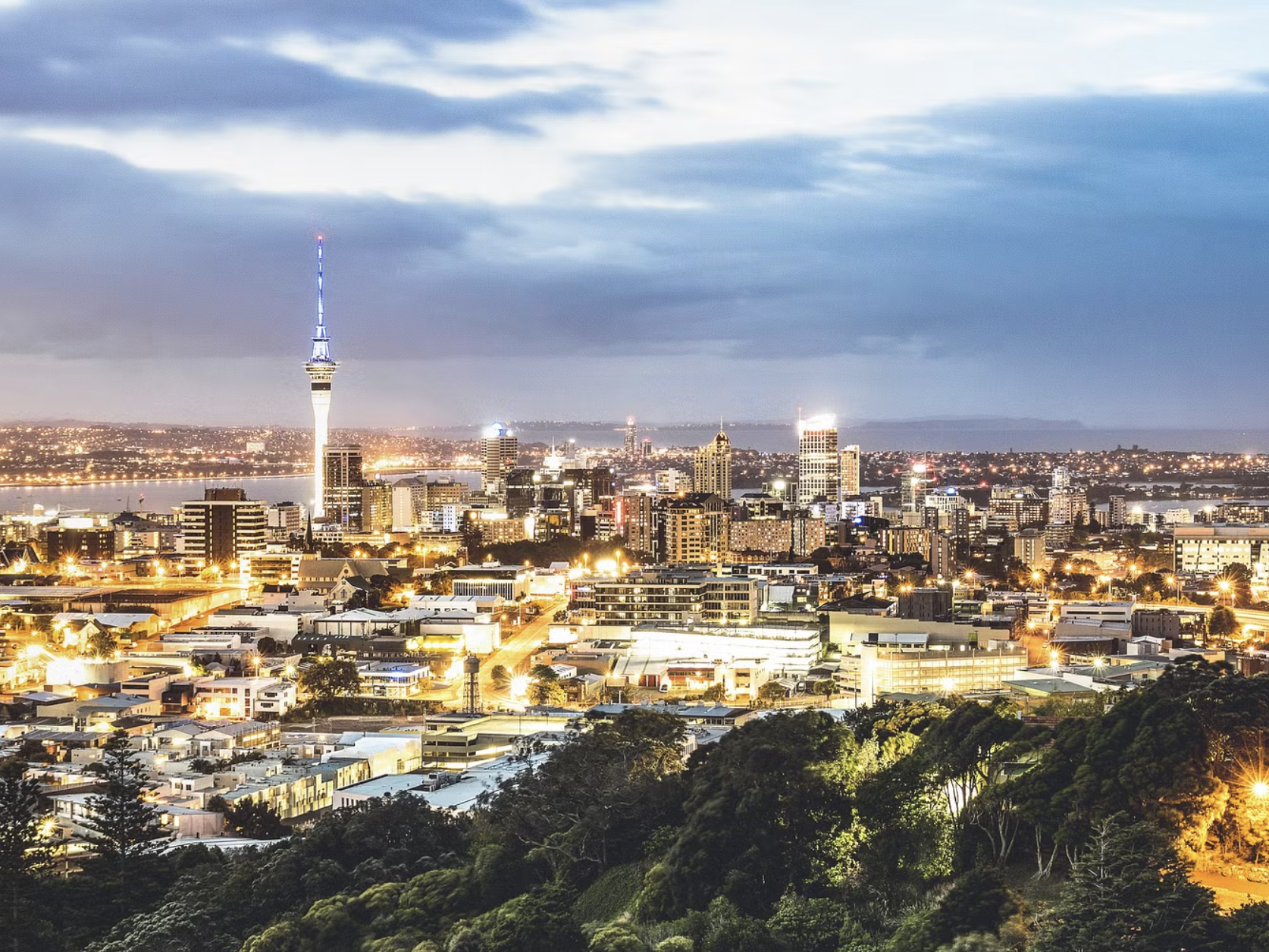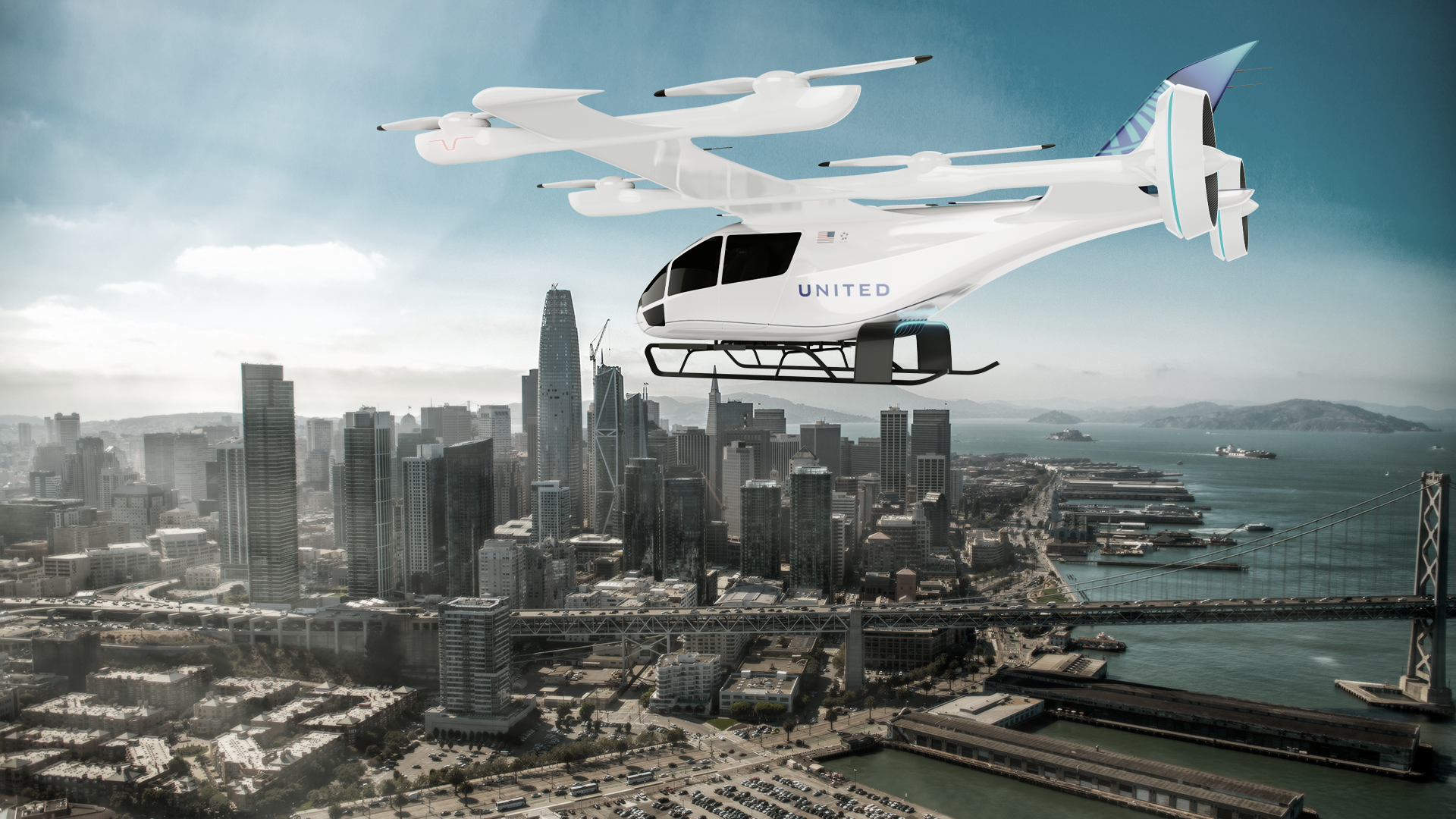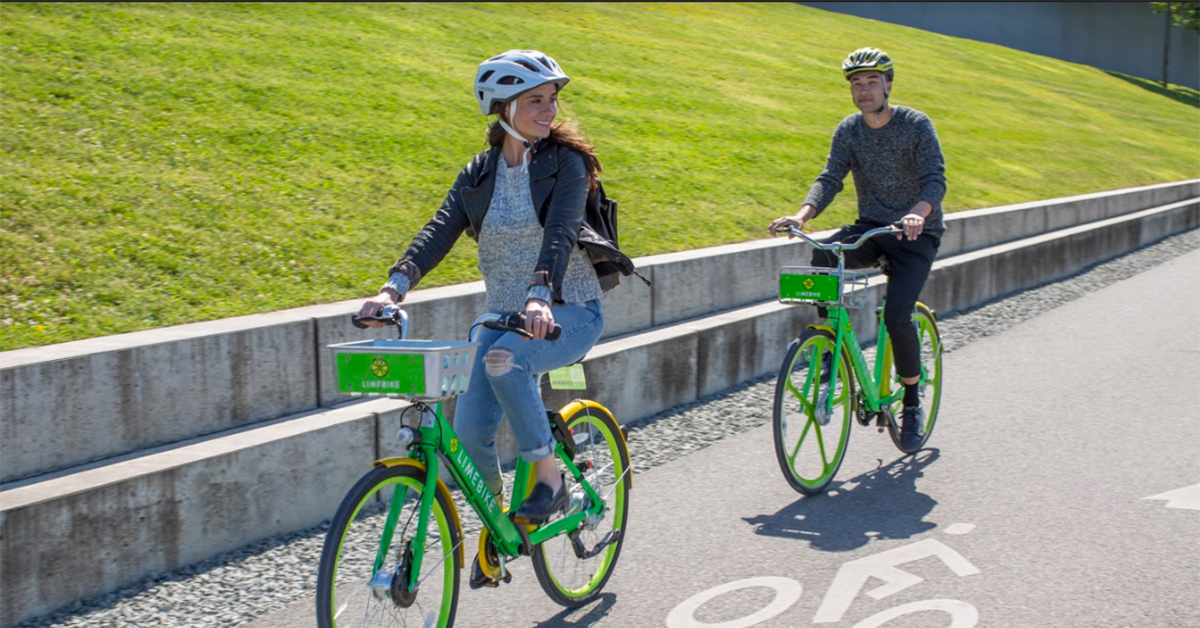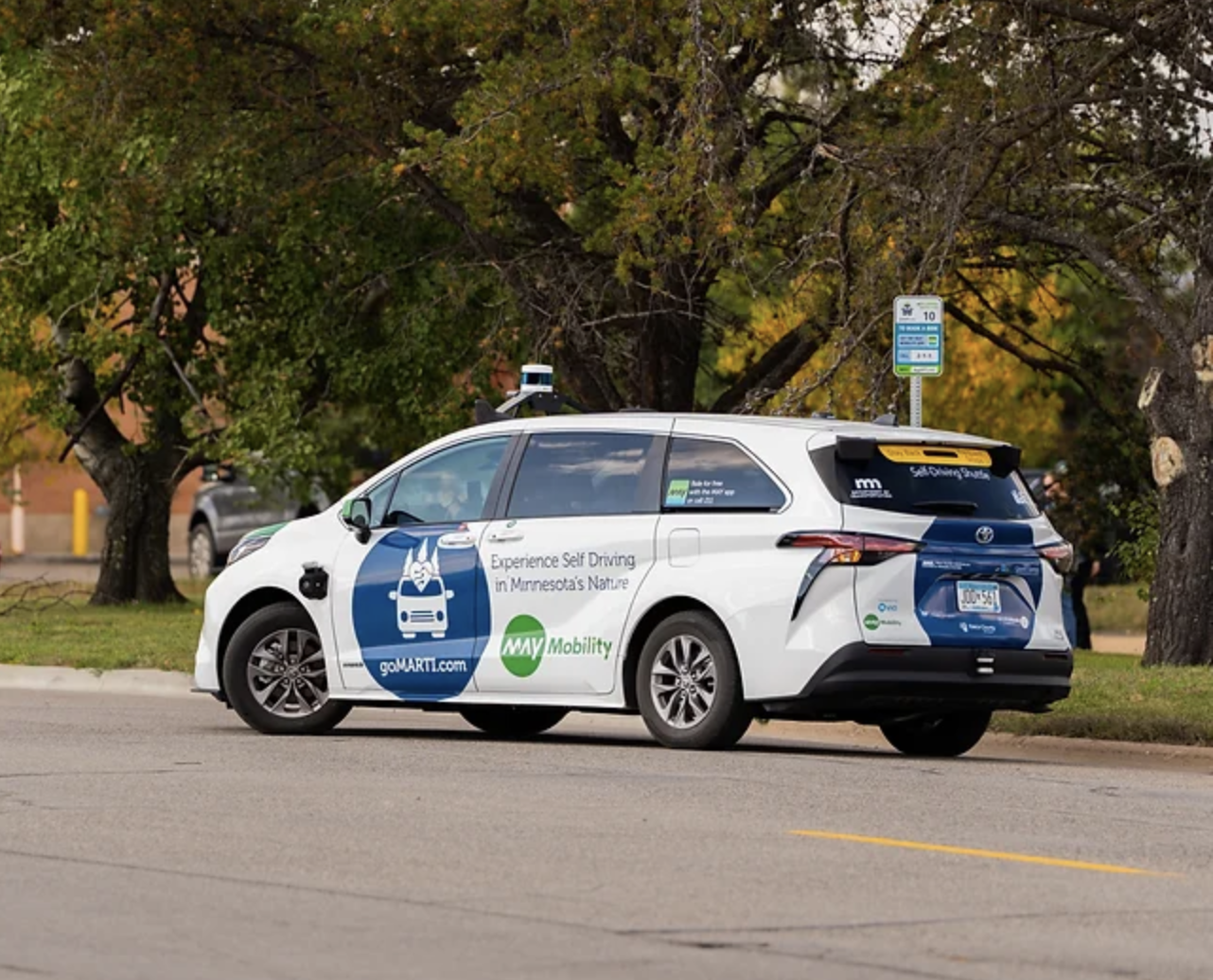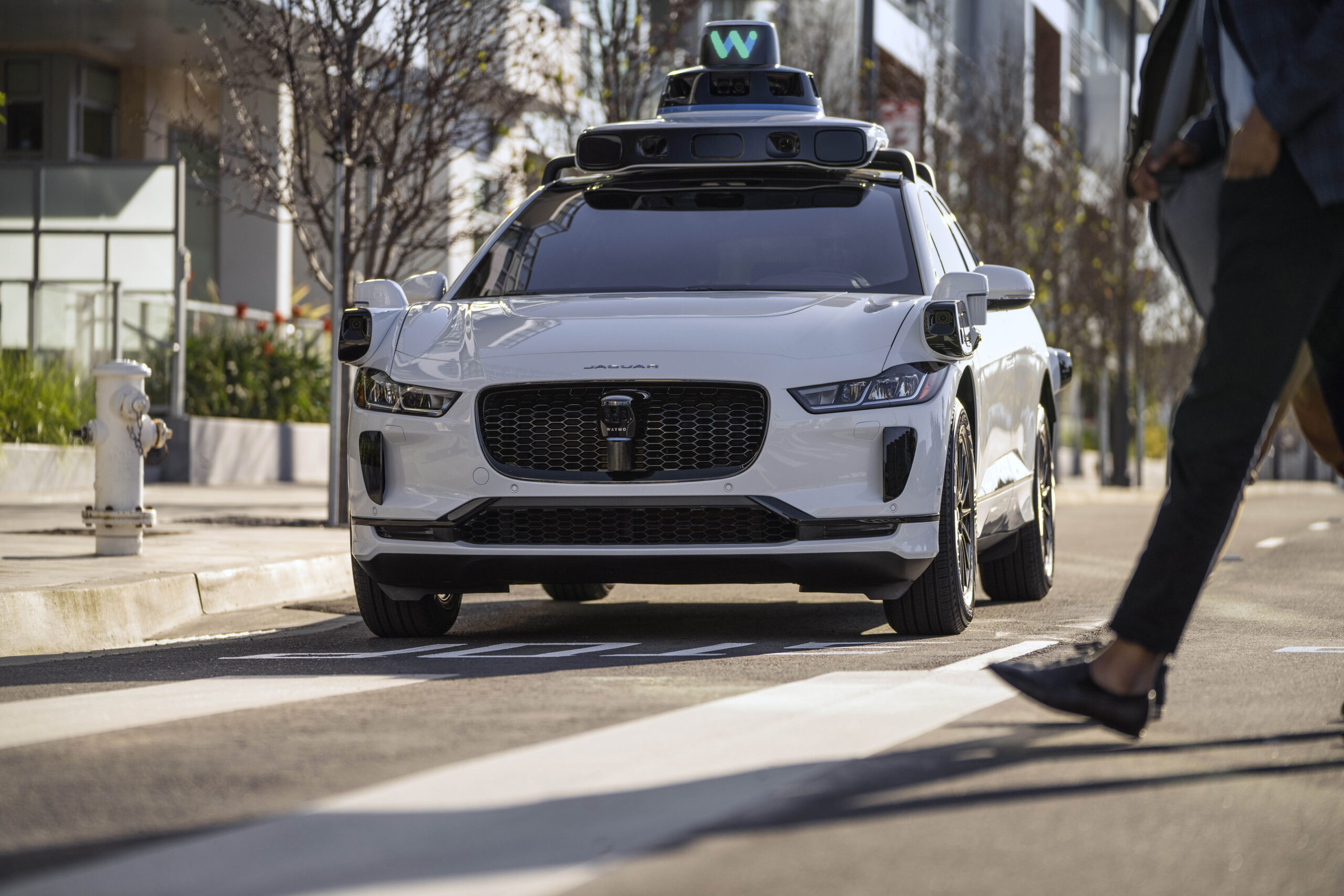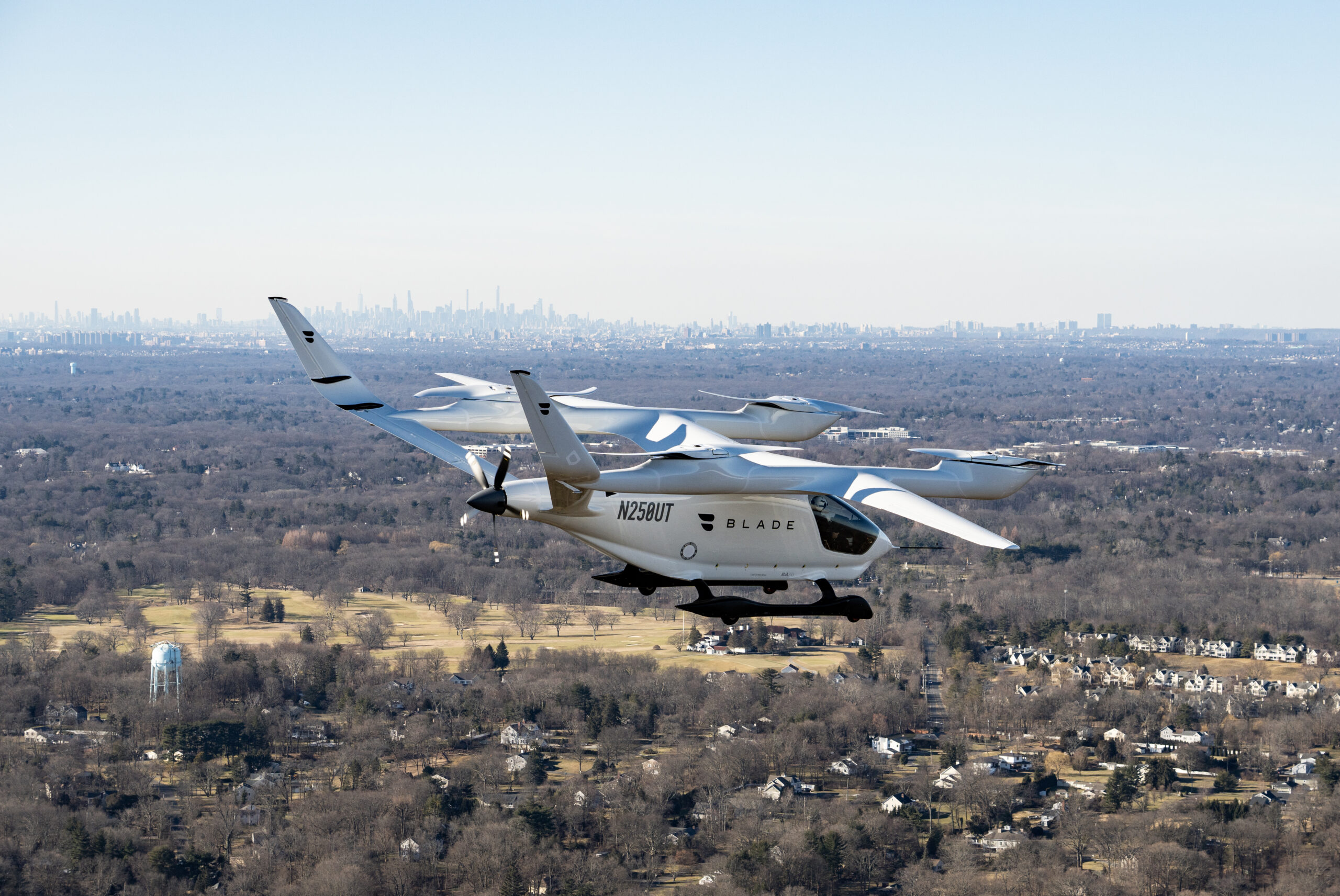The Department of Homeland Security (DHS) Science and Technology Directorate (S&T) has awarded 199,500 USD to Analytical AI to build algorithms that link objects to people and track them throughout a designated area.
These algorithms will be used to detect anomalous events such as unattended baggage using video camera feeds.
Analytical AI’s technology monitors the movement and exchange of objects and detects changes in object location and ownership. It features near real-time look-back and forward capabilities that can track the handler of unattended baggage.
This system will help deliver optimised responses to potential threats in order to increase safety and security throughout the nation’s transport networks.
In addition, this technology could also serve a shared mission in facilities such as schools, sports venues, shopping venues and places of worship.
Ali Fadel, Program Manager of the S&T Soft Targets Security Program said:Mass transit, on average, carries nearly ten times as many passengers per day as the nation’s busiest airports. With limited checkpoints for screening passengers and their belongings, our program is pursuing innovative technologies to enhance physical security and situational awareness at venues.
Utilising advanced algorithms to identify and alert security personnel to left behind items—in near real-time—will allow them to quickly respond to dangerous events and clear harmless, left-behind items. The intent is to integrate security solutions within a broader layered architecture to better protect commuters, riders, and families using public transportation systems or attending a mass gathering—all without impacting the speed of the travelling public.

